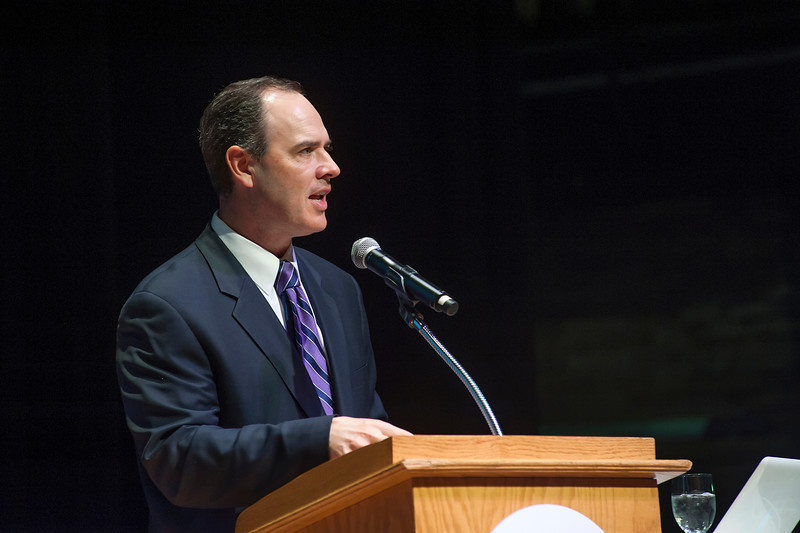Molloy receives $1.5 million to delve deeper into L.I. history
Molloy College is better equipped to begin unearthing the historical context behind some of Long Island’s economic and social issues after receiving a $1.5 million donation from the Robert David Lion Gardiner Foundation.
The funds will be geared toward educating the greater Long Island community about the region’s rich history through a program that will be called, “Long Island: How Did We Get Here?” which will compile information to provide insight into forces and interests that shaped, and continue to shape, local politics and culture.
The data will be used in a variety of ways, including for presentations to Molloy’s Energeia stewardship academy, which, since 2006, has educated more than 500 Long Island leaders through a two-year curriculum of important issues affecting the region. Topics include: education, institutional racism, poverty and the working poor, transportation, criminal justice, government and taxation, land use, energy, health care, resiliency, and media and social networking.
“There have been things that led to [them] over time,” Ed Thompson, Molloy’s vice president of Advancement and Mission, said about the region’s issues. “What we wanted to do was have a much more in-depth presentation, not just historically with research, but with new media and bringing new technology to better tell the story.”
The historical information will also be disseminated through conferences, institutes, regional meetings, publications, digital platforms, social media and other outlets, and there are plans to create a digital archive to house the information.
“This is a wonderful honor for Molloy,” Dr. Drew Bogner, Molloy’s president, said in a statement. “We are pleased to be associated with such a prestigious organization as the Robert David Lion Gardiner Foundation, and we will immediately begin work on this exciting project.”
Neal Lewis, executive director of Molloy’s Energeia program, said that the professionals in the group — which work in a variety of fields — voiced at a meeting about a year ago that learning more about the “historical underpinnings” associated with the issues addressed in the curriculum would help steer the important conversations they often are engaged in.
“Many people feel like you never learn local history in school,” Lewis said. “You learn about world wars and things like that, but Long Island’s history … is something I think people feel has been lacking in the past. That’s the challenge we’re going to take on.”
Institutional racism is one issue that Thompson said he is especially interested in delving deeper into.
“I’m not sure that we’ve done an adequate job in explaining historically why Long Island has become one of the most segregated suburbs in the nation,” he said. “We state the fact, we use the economic data to show it, we show discrimination in housing, but I’m not sure we’ve done a good enough job of explaining why and how it happened.”
Thompson said with the four-year grant, a team of primarily doctoral students in Molloy’s education department, will be crafting a written curriculum — perhaps even videos — for the 11 different issues, which the college hopes to spread across Long Island’s schools. He, Lewis and the rest of the team is still deciding which issue to tackle first, but said he hopes to have some sort of written product by the second year.
“We have been impressed by Molloy College’s innovative approach to researching and studying history,” said Kathryn M. Curran, executive director for the Robert David Lion Gardiner Foundation. “We look forward to seeing how they integrate their findings into a discussion about current issues affecting Long Island.”

 47.0°,
Mostly Cloudy
47.0°,
Mostly Cloudy 




